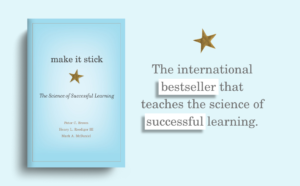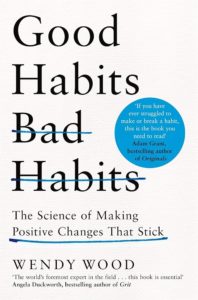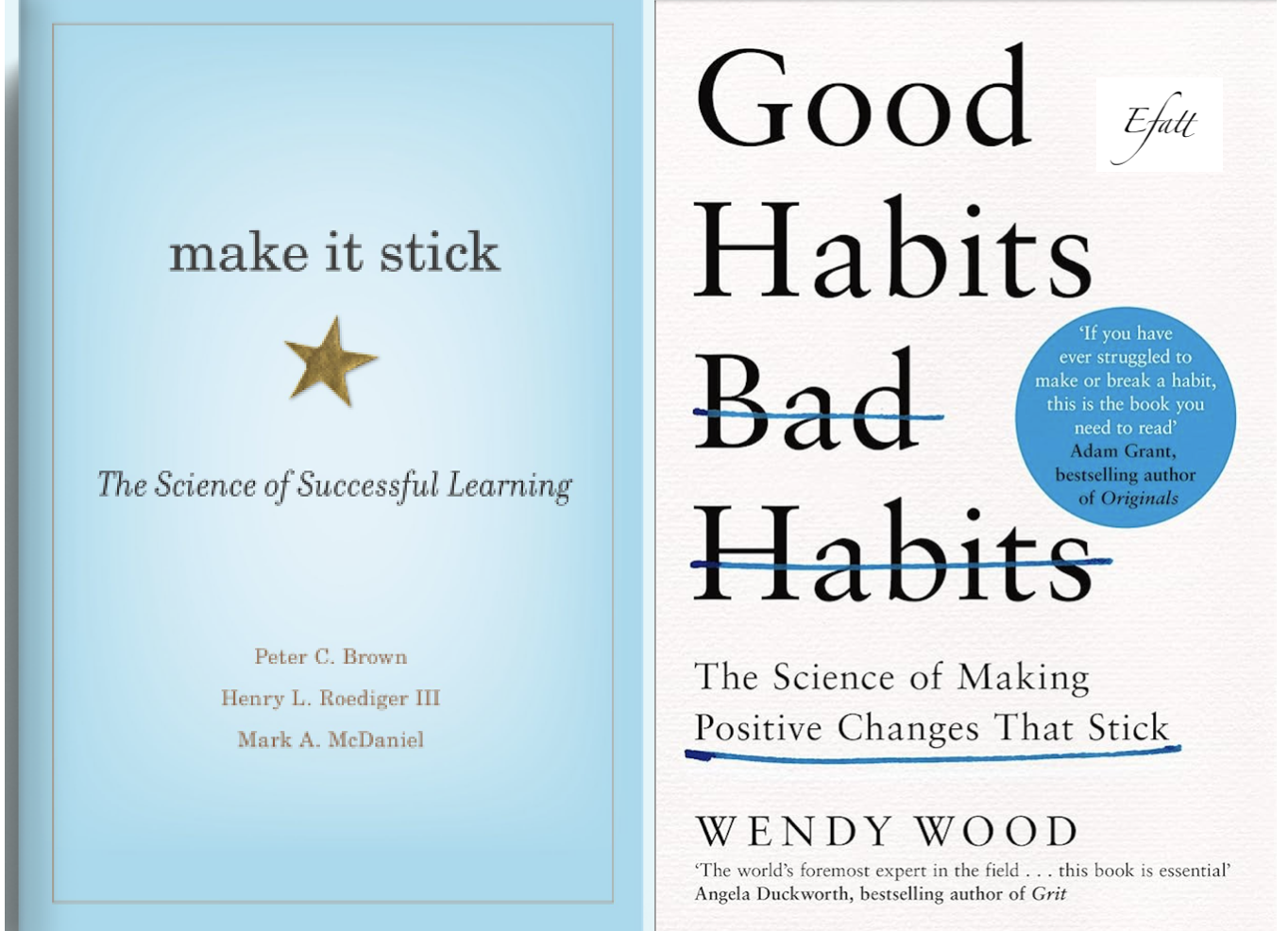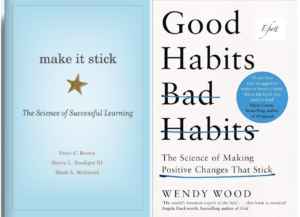Stratégie Juridique
Stratégie Numérique
Stratégie Politique
BehaviorChange, BetterHabits, EffectiveLearning, GrowthMindset, HabitBuilding, HabitFormation, LearningScience, LearningStrategies, MindsetMatters, PersonalGrowth, ProductivityHacks, PsychologyOfLearning, ScienceOfHabits, SelfImprovement, StudyTips
efatt
0 Comments
Mastering the Science of Learning and Habit Formation: Strategies for Lasting Success
I recommend these two books because they offer practical, science-based strategies that can significantly improve both personal growth and long-term success.
1. Make It Stick: The Science of Successful Learning ( book summary)

Make It Stick: The Science of Successful Learning is a book by Peter C. Brown, Henry L. Roediger III, and Mark A. McDaniel explores the science of learning and how to improve it. The authors challenge common misconceptions about studying and share evidence-based strategies to help learners retain and apply information more effectively. Here are some of the key points:
Active Learning Over Passive Review: Passive review, like rereading or highlighting, is less effective than more active strategies. Actively engaging with the material through retrieval practice (testing yourself) is much more effective for retention.
Spaced Repetition: Spacing out study sessions over time helps improve long-term retention. Cramming may work for short-term recall, but spaced practice strengthens memory and understanding. Interleaving: Mixing different topics or types of problems during practice, instead of focusing on just one thing at a time, can enhance learning by helping to make connections between concepts.
The Role of Errors: Making mistakes during learning can be beneficial. It encourages deeper processing and better understanding of the material when learners correct themselves. Retrieval Practice: The act of pulling information from memory, rather than simply reviewing notes, helps strengthen neural pathways and improves memory. This is why quizzing yourself is so effective.
Elaboration: Connecting new information to what you already know, explaining it in your own words, or applying it to real-world situations helps reinforce learning. The Myth of Learning Styles: The book debunks the idea that people have preferred learning styles (like visual, auditory, etc.). Instead, the authors emphasize that using multiple methods to engage with material is more effective.
The Importance of Delayed Feedback: Immediate feedback may feel satisfying, but delayed feedback encourages deeper reflection and enhances learning in the long term. The overall theme of the book is that learning is most effective when it is challenging, varied, and active, rather than easy or passive. The authors argue that these strategies—rooted in cognitive psychology—can significantly improve how we learn and retain information.
The book is filled with real-world examples and research findings to back up these insights, making it a highly practical guide.
2. Good Habits, Bad Habits: How to Make Positive Changes That Stick (book summary)

Good Habits, Bad Habits: How to Make Positive Changes That Stick by Wendy Wood delves into the science behind habit formation and offers practical insights on how to create good habits while breaking bad ones. Wood, a psychologist and expert in habit formation, explains that habits are deeply ingrained behaviors that operate automatically, often without conscious thought. The book focuses on how understanding the brain’s role in habits can help individuals make lasting changes.
Here are the key takeaways:
Habits Are Automatic: Wood explains that habits are automatic behaviors formed through repetition. They occur when the brain associates specific cues with certain responses, and over time, the brain’s reliance on these automatic behaviors reduces the need for conscious thought. The Power of Environment: One of the most significant factors in shaping habits is the environment. Our surroundings influence our choices and actions, often without us even realizing it. To build good habits, it’s essential to design an environment that supports them and makes bad habits more difficult to engage in.
The Habit Loop: Habits form through a simple cycle — cue, routine, and reward. Identifying these elements in our current habits can help us understand why we do what we do, and how to intervene to change bad habits or reinforce good ones.
Why Willpower Isn’t Enough: The book argues that relying on willpower alone is ineffective in the long run. Habits aren’t just about conscious decisions but are ingrained through repetition and environmental triggers. Willpower can get you started, but sustainable change requires adjusting your environment and routine.
Focus on the Process, Not Just the Outcome: Wood suggests that focusing on the process of habit formation — such as making small, consistent improvements — is more effective than obsessing over the end result. The more you engage in the habit, the more it becomes automatic and ingrained. Small Changes Matter: Small, incremental changes are often more powerful than trying to make large, drastic changes. By making tiny adjustments to your routine, you can gradually shift your behaviors and form new habits.
Use of Rewards: Reinforcing good habits with rewards is a powerful motivator. However, Wood emphasizes that rewards should be aligned with the habit you want to cultivate and should be immediate for greater effectiveness.
Breaking Bad Habits: Breaking bad habits is often about replacing them with better alternatives. Instead of focusing solely on eliminating a bad habit, Wood recommends finding healthier behaviors that fulfill the same need or desire.
The Role of Identity: One of the most profound insights from the book is that habits are tied to our identity. People are more likely to stick with habits that align with how they see themselves. Shifting your self-identity to one that values the habit (e.g., “I’m a runner” rather than “I want to run”) can make the habit more sustainable.
Habit Formation Takes Time: Wood also emphasizes that habits don’t form overnight. It takes time for new behaviors to become automatic, but with consistency, they can eventually stick. The key is persistence and understanding the science behind habit formation.
Overall, Good Habits, Bad Habits provides a research-backed approach to habit formation, arguing that habits are not just about motivation but about understanding the psychology and environment that influence them. The book is practical and offers actionable strategies to help people build better habits and break the ones that hold them back.














Post Comment